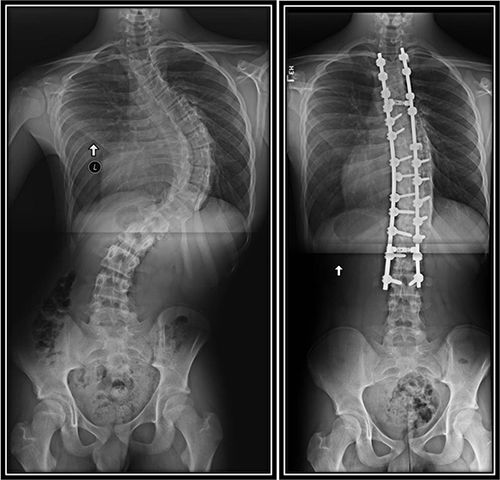Clinical and retrieval evidence for corrosion of spine implants

All prosthetic implants are subject to some degree of wear and corrosion in the body. Wear is a mechanical process resulting from changes in load distribution and micro-motion, while corrosion is an electrochemical process of metal degradation. Certain types of corrosion, such as fretting, occur when chemical and mechanical factors, including crevice and abrasive wear, act on the implant.
Both wear and corrosion result in debris release from the implants into the surrounding tissues and subsequently into the human circulation, and can manifest with local and systemic reactions which, over time, may demand revision of components. Although numerous studies have focused on the clinical significance of corrosion and wear of hip and knee replacements, research involving spine instrumentation is not well documented.
Recently, we received spine instrumentation, with cobalt–chrome (CoCr) rods with titanium (Ti) fixtures, of a 36-year-old female patient (Figure 1). She was diagnosed with adult idiopathic scoliosis (Figure 1A); however, soon after surgical implantation (Figure 1B) she experienced persistent pain and muscle fasciculation. Surgeons recommended removal of metalwork after two years of implantation, where intra-operatively they discovered metal staining of the periprosthetic tissue. We analysed the retrieved components in our facilities, and this case will serve here as a running example.
OrthoSpineNews
OrthoSpineNews.com is the preferred aggregator of all news in the orthopedic and spine industry. You can subscribe for our daily email, follow us on twitter or download our app for iPhone and Android.